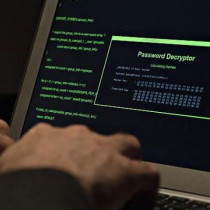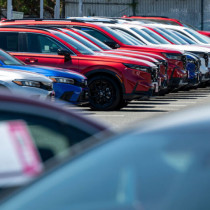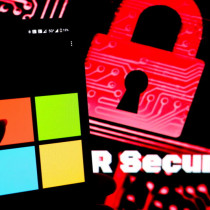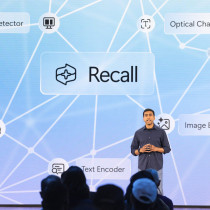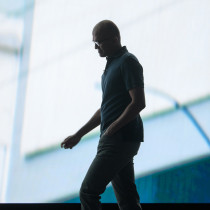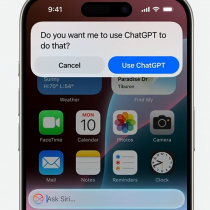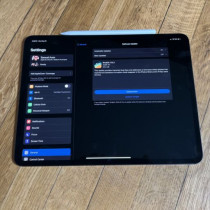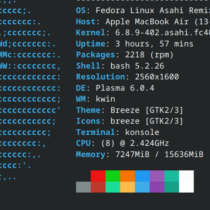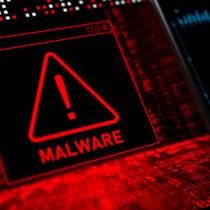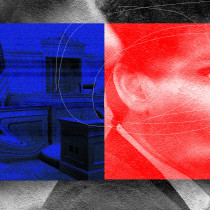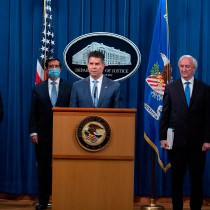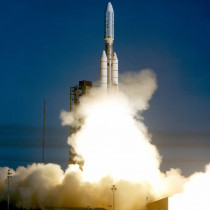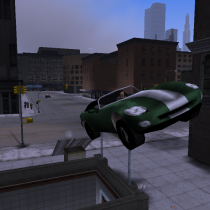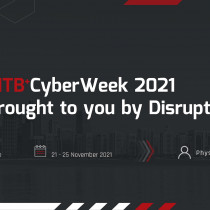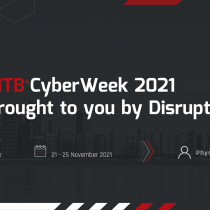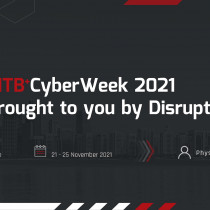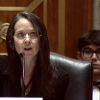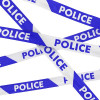Blinding light: The US crackdown on not-so-harmless laser strikes
On a warm summer evening in late August 2012, Sergio Rodriguez took a green laser pointer and fired it at a passing helicopter from outside of his front door. His apartment complex sat just about a half mile north of the west end of the Fresno Yosemite International Airport in one of the Central Valley’s largest cities.
Unknowingly, the then-24-year-old struck not just any helicopter, but “Air George,” an emergency transport ambulance helicopter of the Children’s Hospital of Central California. The helicopter was flying from Bakersfield to Fresno with a young patient, two crew members, and a pilot on board.
It may seem like a silly thing, but laser strikes against planes, helicopters, and other aerial vehicles have become an increasing epidemic nationwide. Since the FBI began keeping track in 2005, there have been more than 17,000 laser strikes in total—more than a fifth (3,960) in 2013 alone. During the first three months of 2014, the FBI reported an average of 9.5 documented incidents every single day. It's not even just the US; Canada has seen a similar rise. Its incidents rose from 108 laser strikes in 2009 to 443 in 2013, according to Maryse Durette, a spokeswoman for Transport Canada.

